Note: This is a guest post written by Hannah R
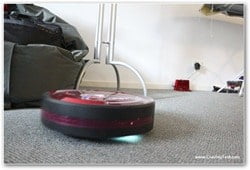 Who didn’t want a robot when they were a child? Star Wars humanised android robots to the point that everyone crossed their fingers that somewhere a white jacketed boffin was putting the finishing touches to a droid that would be in the stores for Christmas.
Who didn’t want a robot when they were a child? Star Wars humanised android robots to the point that everyone crossed their fingers that somewhere a white jacketed boffin was putting the finishing touches to a droid that would be in the stores for Christmas.
History didn’t pan out that way, but there have been innovative inventors who have sought to introduce fully functioning robots into our daily lives. Robots have been a reality for some time and there are a number of them out there performing tasks that include vacuum cleaning, restaurant waiting, bomb disposal and space exploration. Perhaps Star Wars wasn’t so fantastical after all.
Cool Industrial Robots
AprilAlpha and Aprilattenda
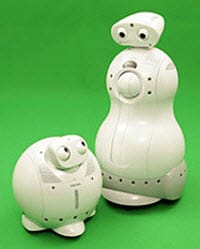
Toshiba has been working on a robot sophisticated enough to be a ‘life support partner’ in the home for elderly and young people for some time. As early as 2003, Toshiba unveiled a robot called ApriAlpha that was able to distinguish and recognise different voices from multiple directions and give short responses. The robot could also control home appliances, give news and weather updates and read out emails as they were received.
The same year, Toshiba also announced a robot called ApriAttenda that was able to visually identify an individual using a visual sensor that registered the person’s texture and colour of their clothes, enabling it to track and accompany the individual even in busy environments, making it an extremely useful life assistant.
Wheelie
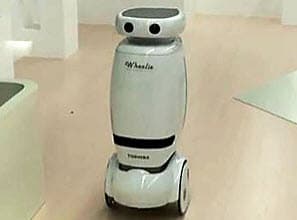
However, it was Toshiba’s ‘Wheelie’ robot, unveiled in 2010, that really raised eyebrows, boasting an incredibly intelligent navigation system and bearing some resemblance to R2D2, particularly in the way it could carry items on its flat head. Resembling a robotic butler, the Wheelie nevertheless faded from sight and Toshiba has been quiet on the robotics front lately.
At the close of 2010, a restaurant in the eastern Shandong province of China even announced that it was employing a fleet of seven robots, each costing around £4000 each, to wait on the human guests coming in to dine. Complete with flashing neon lights and the obligatory robotic voices, the new metallic employees were more of a gimmick than a serious step forward in the evolution of human and robot interaction.
iRobot UGV

However, there is a company trying to push the envelope. Founded in 1990, iRobot has been at the vanguard of robotics for the last 20 years, focusing on finding practical applications that would truly make a positive impact on the world. Working with NASA to develop robots for space and lunar exploration, iRobot also developed Unmanned Ground Vehicles (UGVs) for use by military and civil defense forces across the globe. Able to climb stairs and navigate incredibly rough and hazardous terrain, UGVs are a strong example of how robotics can assist humanity during inhuman times, being used for reconnaissance and bomb disposal.

Ava
This new wave could come from a creative alliance between the robotics and mobile computing industries. At the Google I/O show this year iRobot CEO Colin Angle revealed a robot called AVA, consisting of a robotic body with an Android-powered Motorola Xoom tablet controlling sense and communication. Will phone app developers help create the next generation of robots for home and business?
The question is, will a robot soon be representing your company on a conference call? …the answer is likely to be with us sooner that we think…
Note: This guest post was provided by Hannah R, on behalf of BroadbandChoices.co.uk, broadband comparison site.

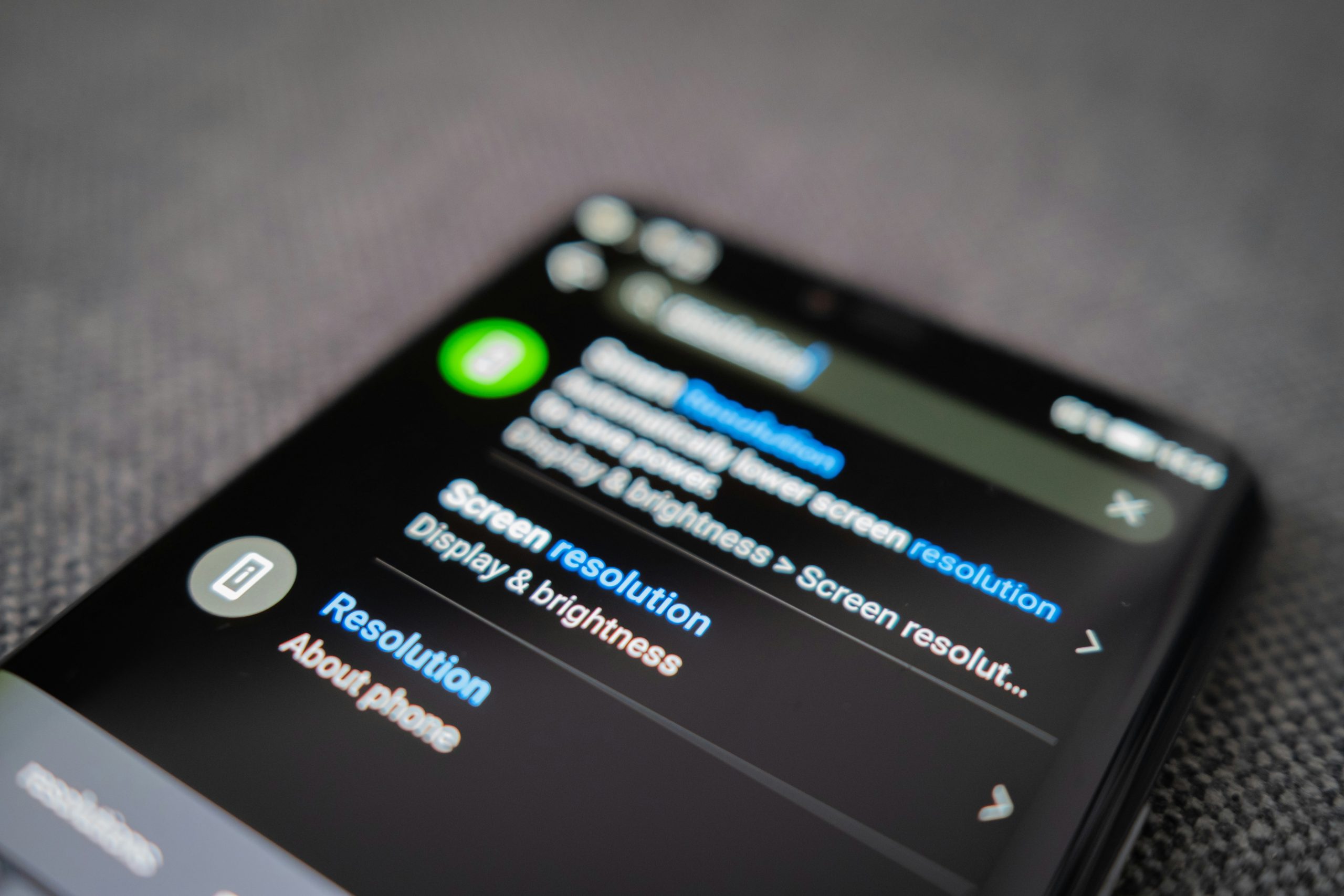
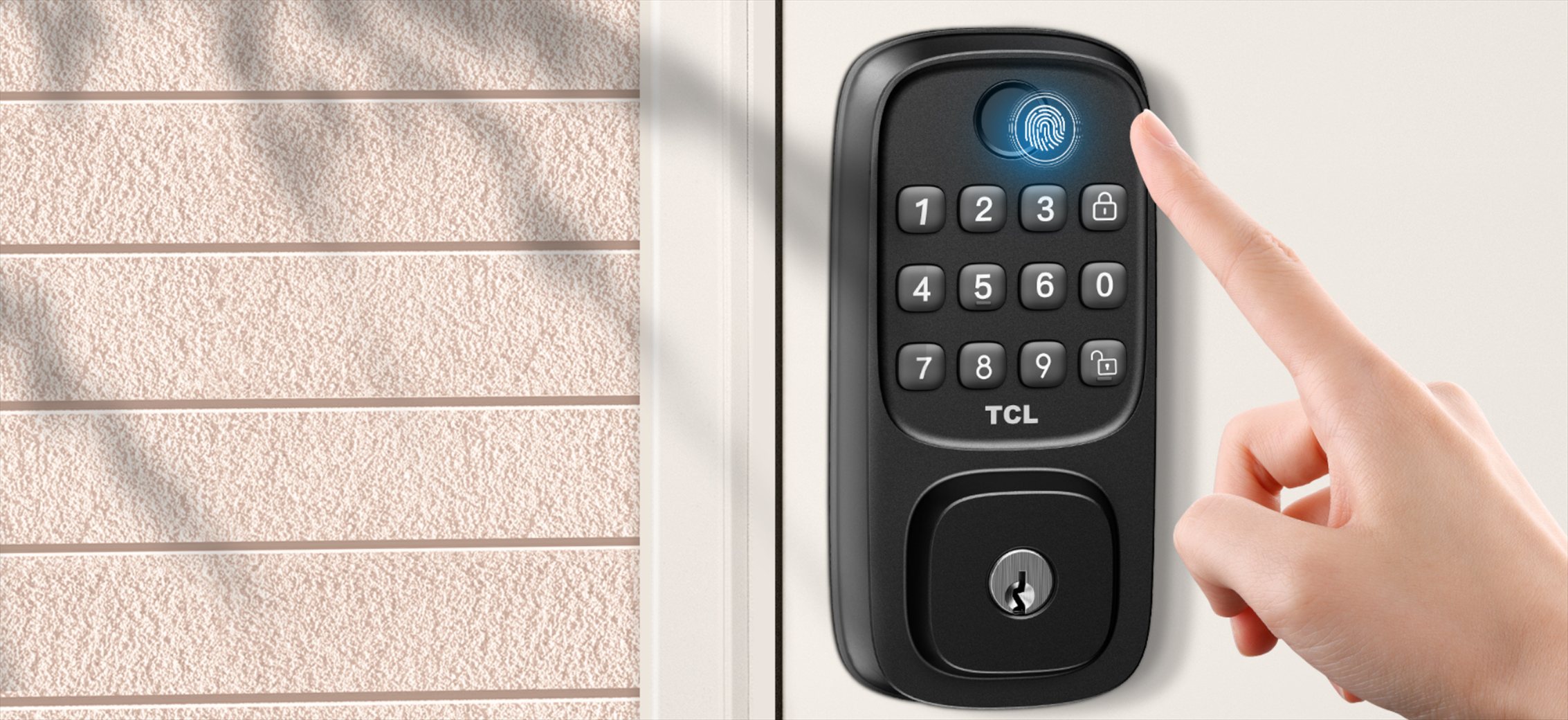

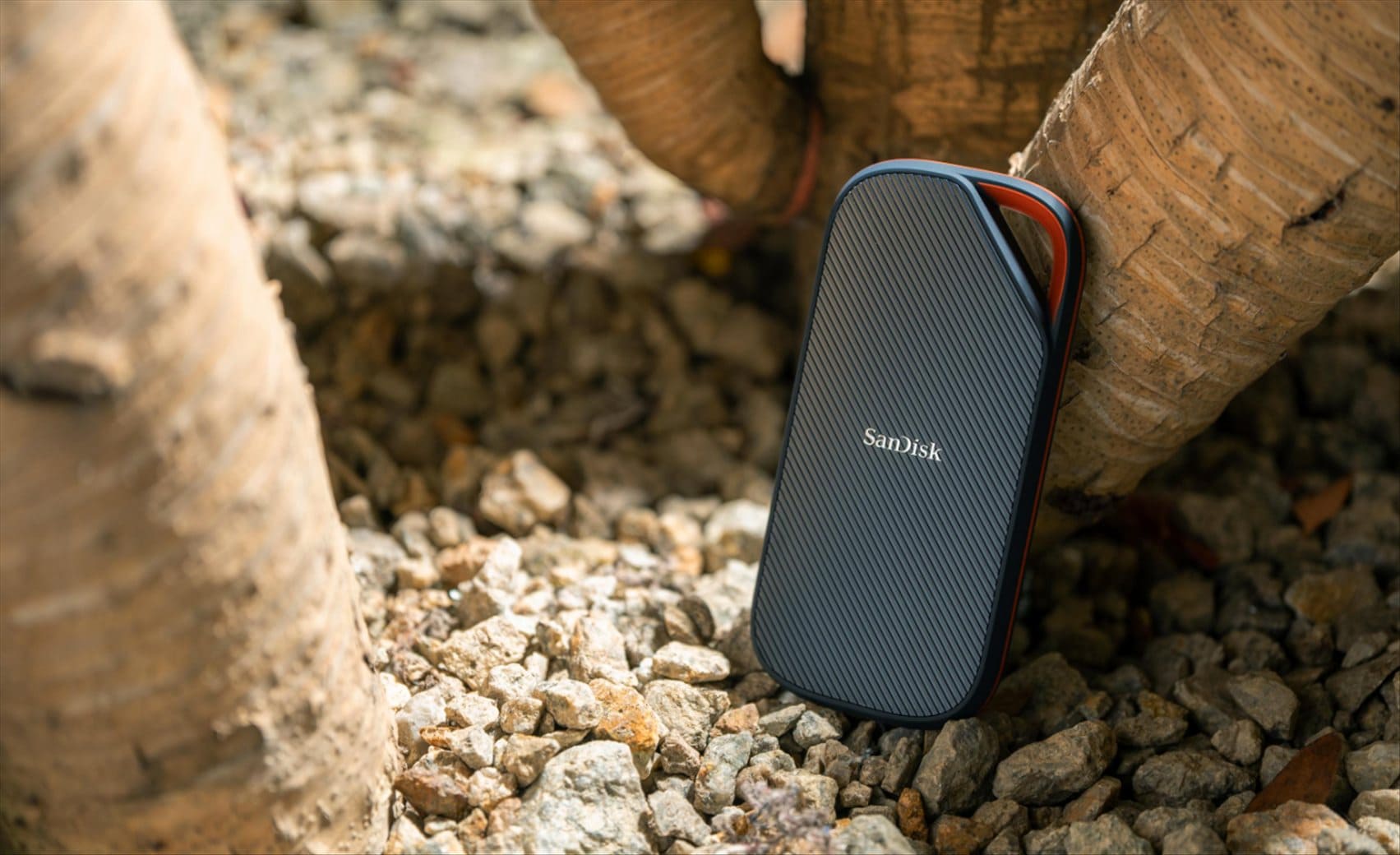
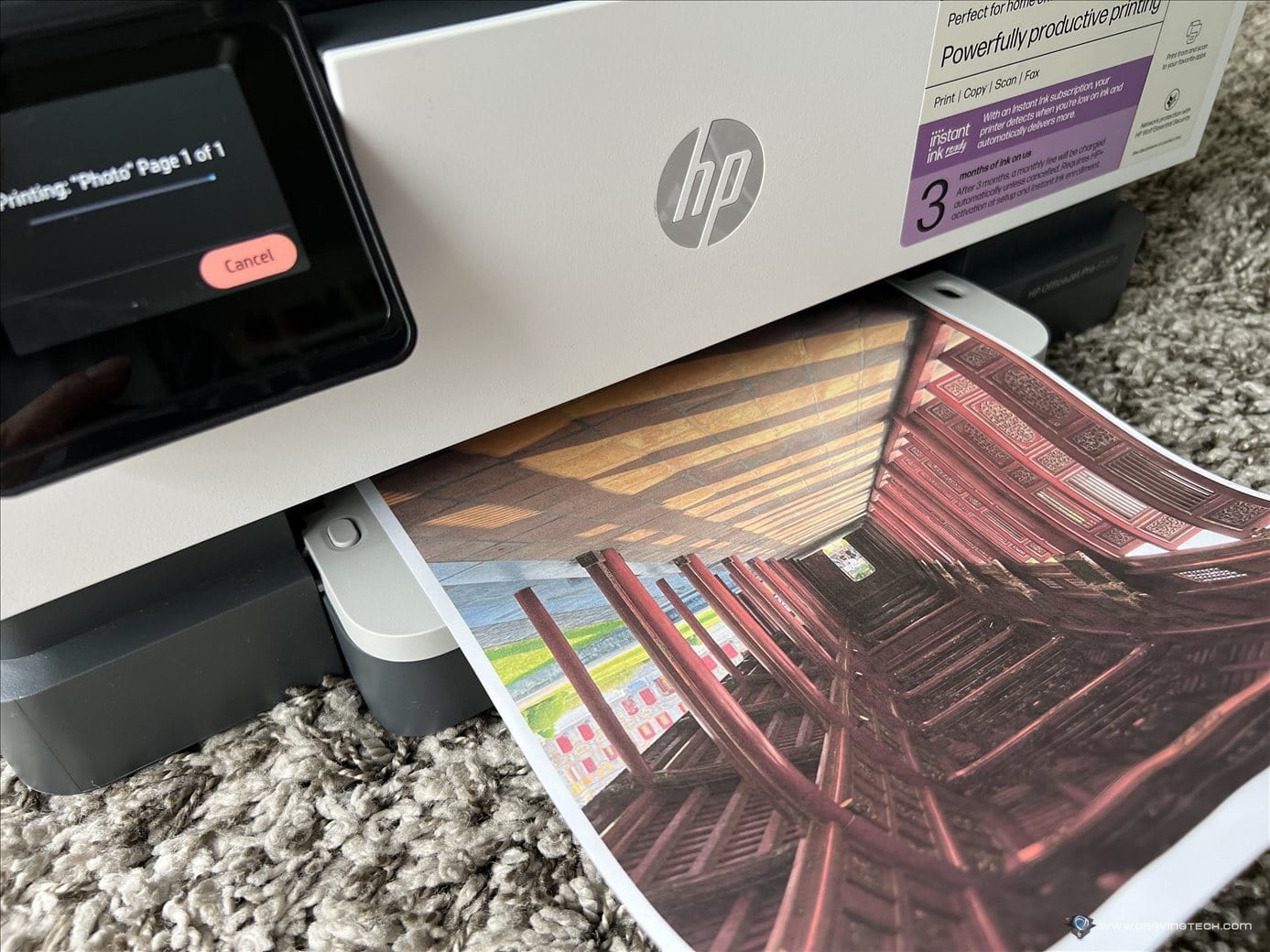
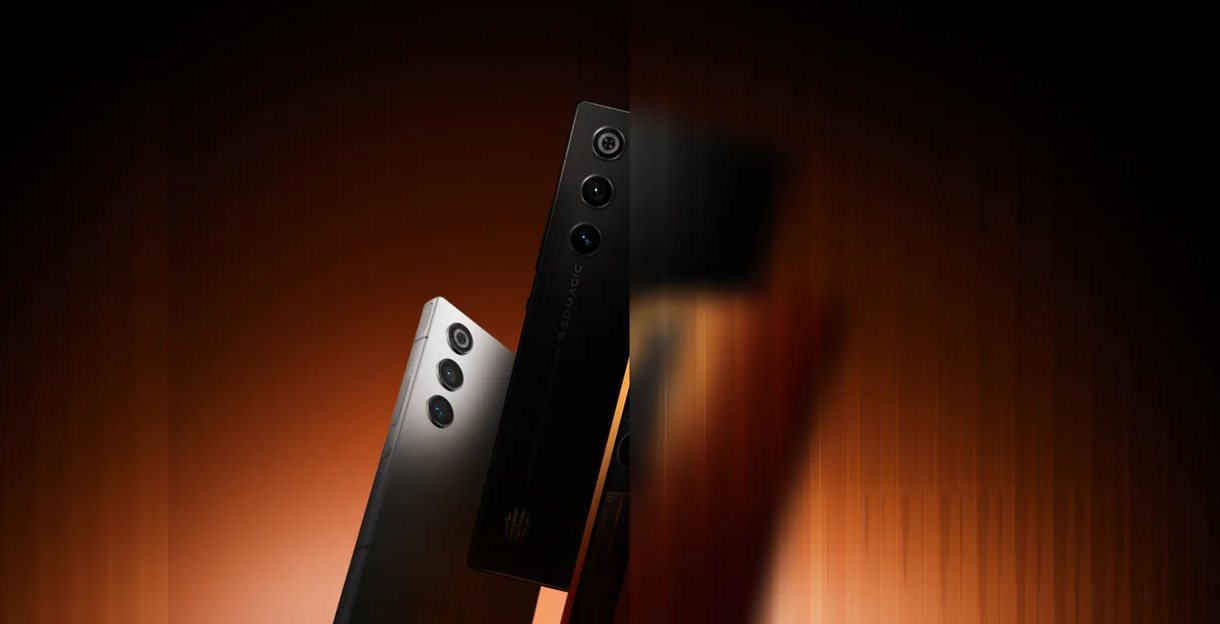
Comments are closed.